For Physical Product Development
The RLC framework is designed from the ground up to solve the problems faced by physical product development teams as a project moves from concept, through prototypes, and finally to a scalable production process.
It addresses the root causes behind the late design changes and unanticipated problems that delay projects, increase costs, and make it that much harder to start the next project on time.

Results of RLC Adoption in a Consumer Products Company:
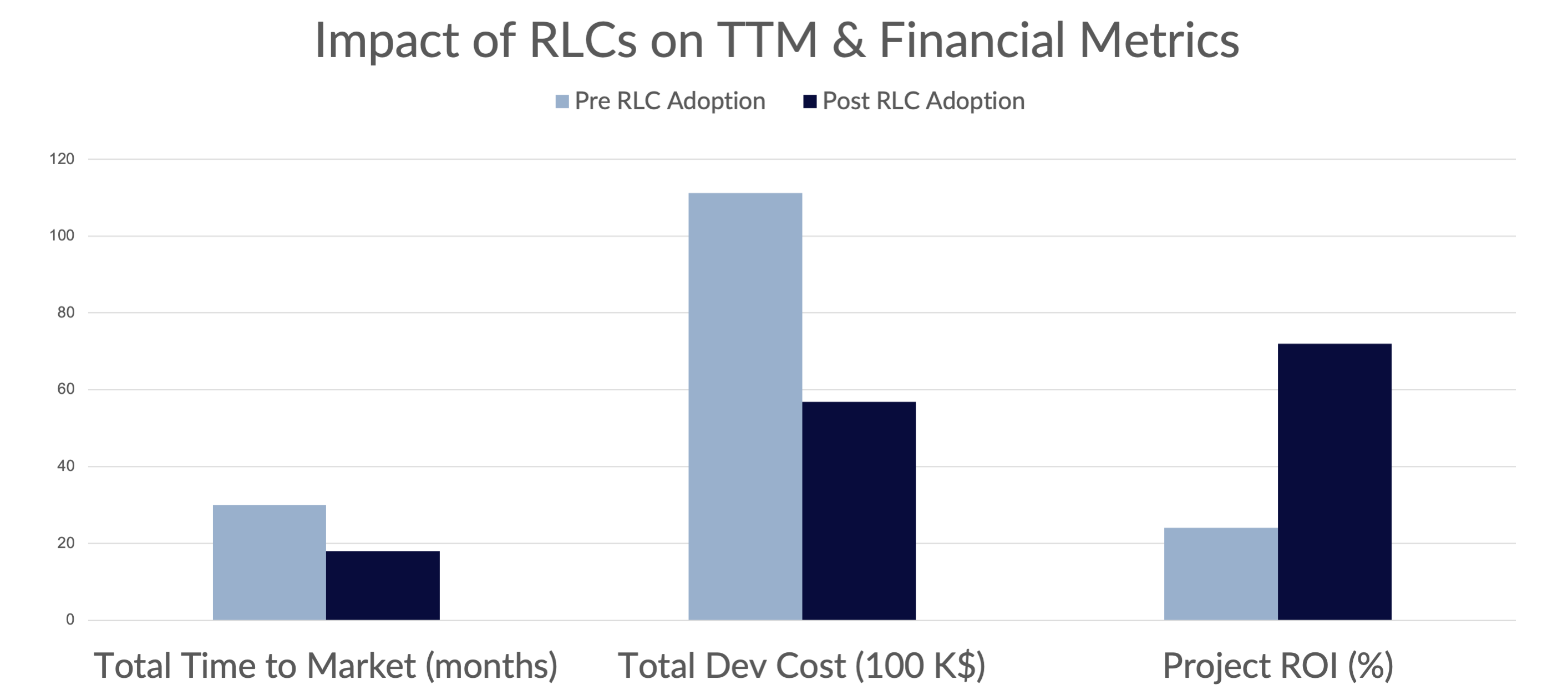
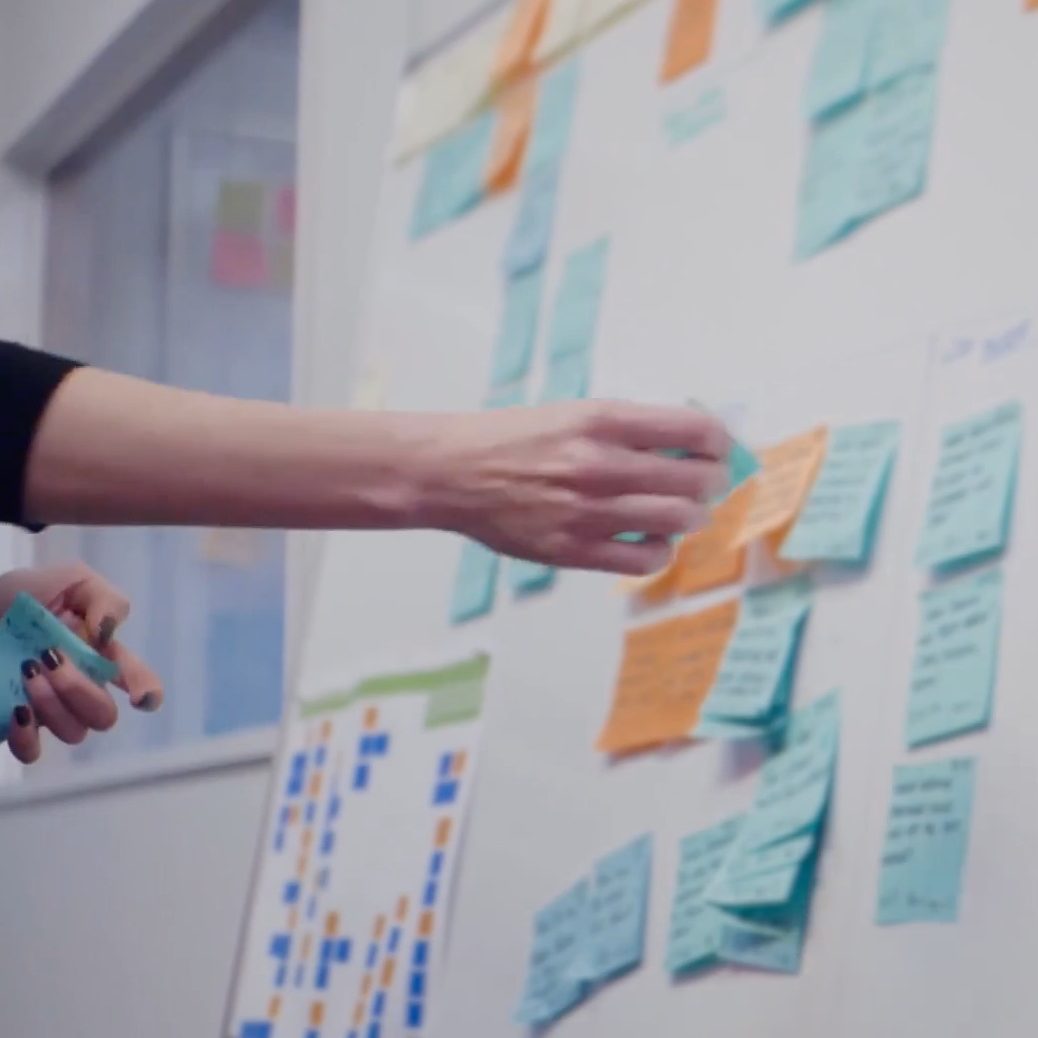
Agile That Works
Like Agile Software Development, the RLC framework delivers results by improving the flow of work through a project, from idea to launch. Unlike Agile Software Development, the RLC framework does not require force-fitting of practices and tools that were designed to work in software.
So the RLC framework is much easier for physical product development teams to learn, and continue to use on every project, without requiring ongoing support from a dedicated Agile Software Development coach.
PDP Ready for Seamless Integration
The RLC framework works seamlessly within phase-gate / Stage-Gate® product development processes (PDPs) to make them work more effectively while transitioning the organization away from "waterfall" development that doesn't work very well anywhere.
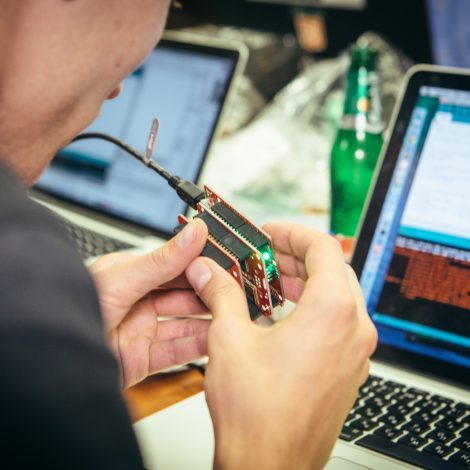
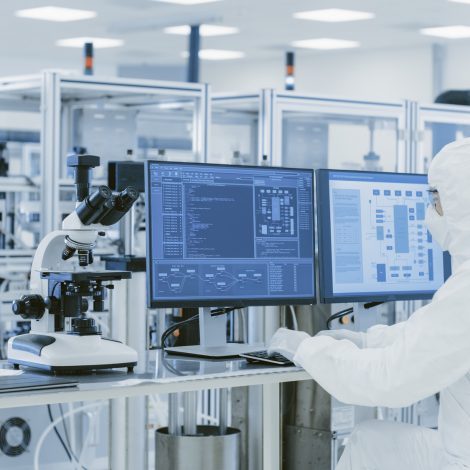
Standards Compliant for Barrier-Free Adoption
Rapid Learning Cycles is compliant with ISO standards for innovation and product development practices, with just a few adjustments to your ISO process documentation.
It's adaptable to the regulatory requirements of the pharma, medical device, nuclear power, and other heavily-regulated industries.
The Key Difference Between Hardware & Software Development
Kathy Iberle, a Rapid Learning Cycles' Senior Advisor, describes why hardware teams need a specialized approach to get the results they want.
"There are long lead time items that you have, like equipment decisions that have to get made very early on, and others, especially market decisions, that can wait.
One of the things that Rapid Learning Cycles helped in a very complex program like this is that in the beginning, there are so many decisions and so many unknowns, that everybody just wants to get them all answered.
But really what you need to be able to say is "some decisions you don't need to figure out until later. So what decision do I need to understand at the point that I may need to make that equipment purchase?"
By having the other decisions deferred, you actually have a lot of optionality while the market continues to evolve."

Celia Cheng,
SunPower
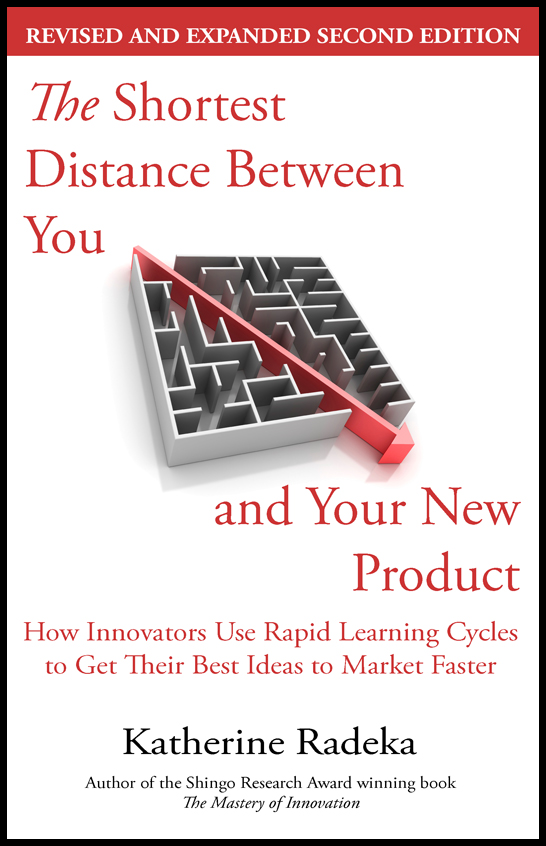
Preview the case for using the Rapid Learning Cycles methodology.
Download the introduction and first chapter of our CEO and Founder's book, The Shortest Distance Between You and Your New Product.



